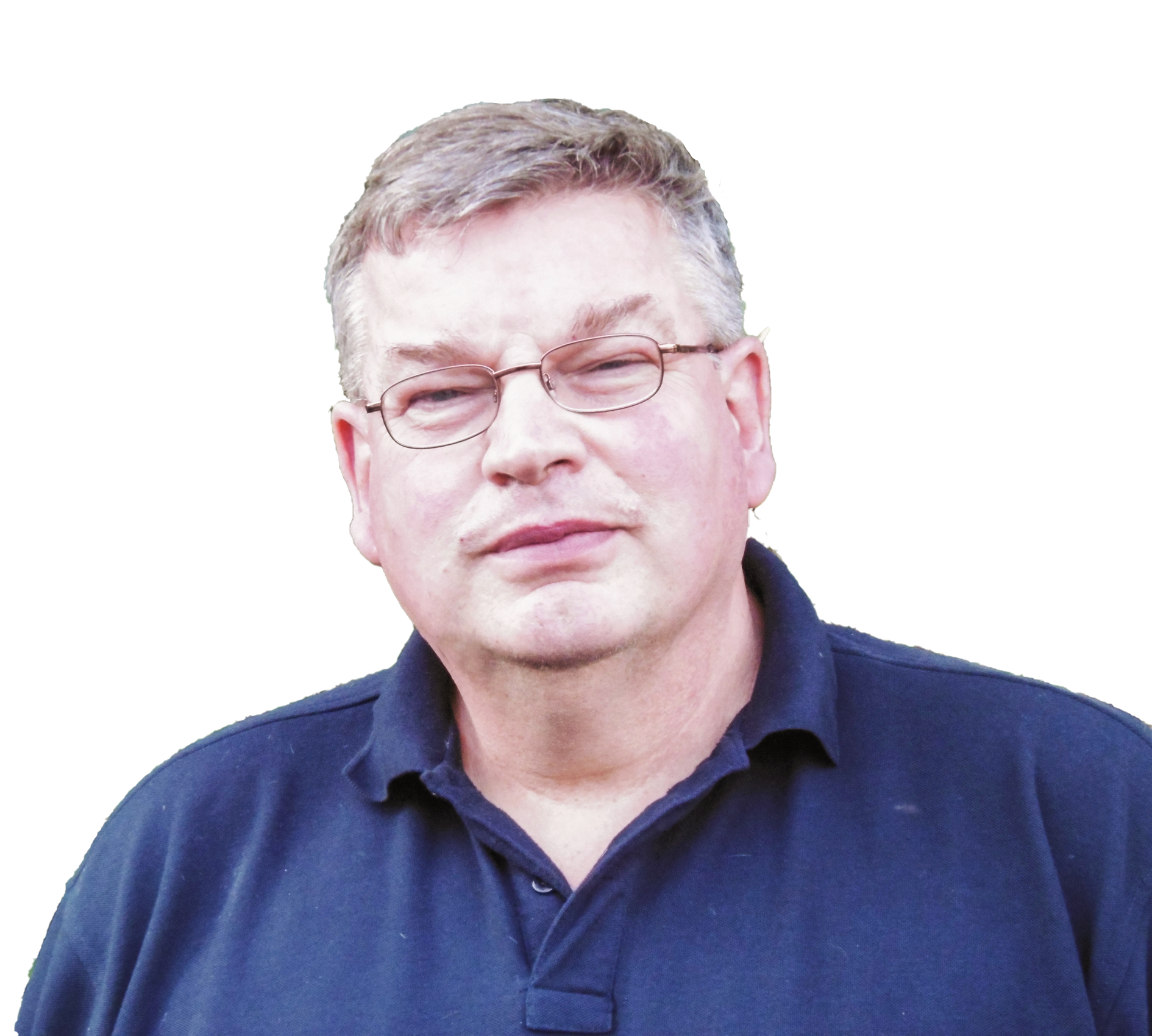
Oliver Gilkes
Oliver is an archaeologist of eclectic experience. Currently he works as a freelance consulting archaeologist, and provides advice for Andante Travels on designing as well as leading a number of tour groups.
Oliver began as a commercial archaeologist and museum curator in the UK. Preferring warmer weather, he worked for over 10 years as a field archaeologist in Italy for the British School at Rome at classical and medieval sites. These included a rescue excavation in the grounds of the British Embassy at Porta Pia in Rome, and the great Carolingian abbey of San Vincenzo al Volturno in the central Italian mountains – two very contrasting sites. Further afield, he drove through North Africa to participate in excavations in Cyrenaica, mainly because it revisited a journey his mother had made with the eighth army in 1943, but also because of the wonderful classical sites to be seen. He then followed a childhood destiny, specifically the callsign of Radio Tirana, and moved across the Adriatic to Albania, where he directed excavations and trained students at the World Heritage Sites of Butrint and the evocative medieval city of Gjirokastra. Oliver is still involved in a number of projects in Albania, notably the survey and excavation of an intriguing Hellenistic sanctuary, and is one of only a handful of experts on Albanian archaeology in the United Kingdom.
Oliver’s publications include:
Gilkes, O. et al. 2013. Gjirokastra: the essential guide. Norwich: Gjirokastra Conservation and Development Organization.
Gilkes, O. 2012. Albania: an archaeological guide. London: I.B. Tauris.
And numerous papers and articles in journals and magazines.

